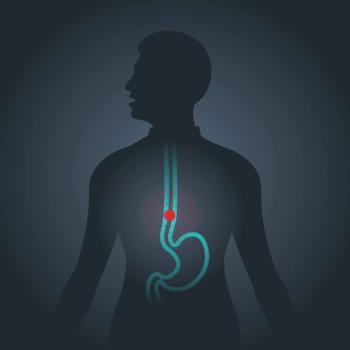
High Colorectal Cancer Death Rates Still Exist in Three US Regions
Though the United States has seen a decrease in death rates from colorectal cancer, three regions, or "hotspots," continue to experience high rates.
Though the United States has seen a decrease in death rates from colorectal cancer, three regions, or “hotspots,” continue to experience high rates, according to a study
The 94 counties that are part of the Lower Mississippi Delta have the highest death rates from colorectal tumors in the United States, followed by 107 counties in west central Appalachia and 37 counties in eastern Virginia/North Carolina.
Although death rates from colorectal cancer have declined by about 47% since the mid 1970s, the results of this study highlight geographic disparities. The decline in death rates is attributed to higher screening rates, changes in risk factors within the population, and overall improvement in cancer treatment. Death from colorectal cancer is largely preventable through maintaining a healthy body weight, physical activity, and healthy eating habits, as well as appropriate screening.
In the study, Rebecca L. Siegel, MPH, director of surveillance information in the Surveillance and Health Services Group at the American Cancer Society in Atlanta, and colleagues analyzed detail geographic distribution of colorectal cancer rates and deaths from 1970 to 2011, using a geospatial software tool, SEER*Stat, to identify areas of increased death rates.
Spatial mapping of these rates identified the three hotspots, including the Lower Mississippi Delta region where death rates were 40% higher than non-hotspot regions between 2009 and 2011. This region included 3.7 million people in 2011 and encompassed parts of Arkansas, Illinois, Kentucky, Louisiana, Mississippi, Missouri, and Tennessee. This region has been identified as having high unemployment, low health literacy, low levels of education, and minimal access to healthcare. The US Department of Agriculture’s Economic Research Service has also characterized the region as overall consistently poor since the 1970s.
West central Appalachia consists of parts of Indiana, Kentucky, Ohio, and West Virginia, with a population of more than 6.2 million in 2011. Here, rates were 18% higher compared with non-hotspots during the same time period. In northeast North Carolina and southeast Virginia, the death rates were 9% higher compared with the rest of the United States.
“These areas are low-hanging fruit for colorectal cancer screening interventions,” Siegel said in a statement. “Although we’ve made great strides against colorectal cancer in a fairly short time period, there are a lot of vulnerable populations that aren’t benefiting.”
She added that employing people within the community to discuss screening with their neighbors-an approach called targeted interventions-has been shown to be effective in other areas of the country. “We know interventions work because we have an example in Delaware, where they implemented statewide colorectal cancer screening and effectively eliminated disparities in less than a decade.”
Newsletter
Stay up to date on recent advances in the multidisciplinary approach to cancer.




















































































